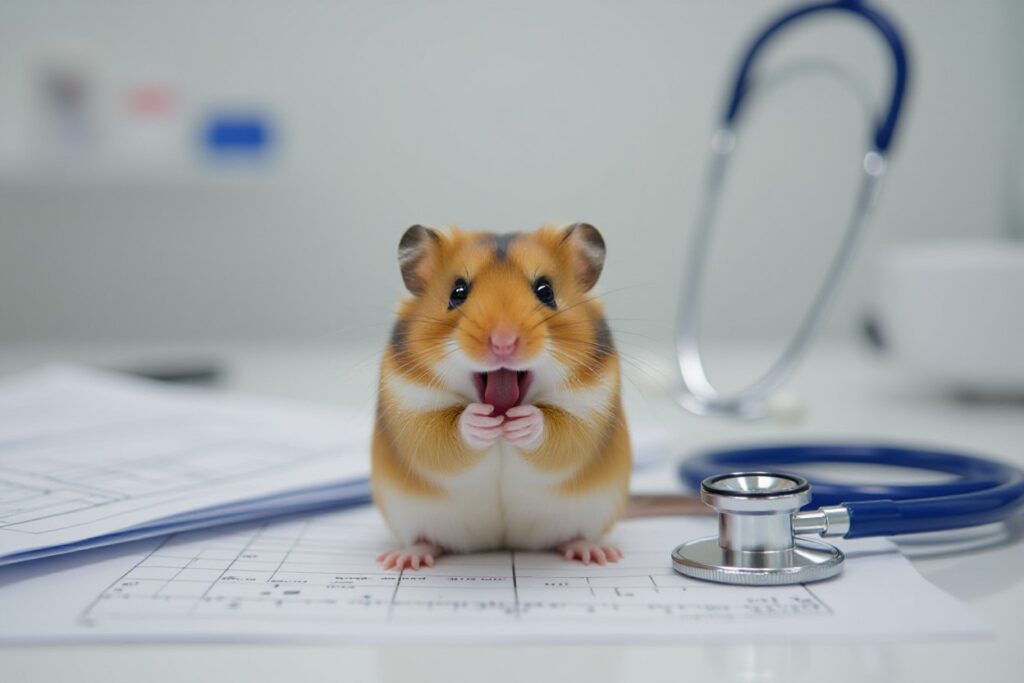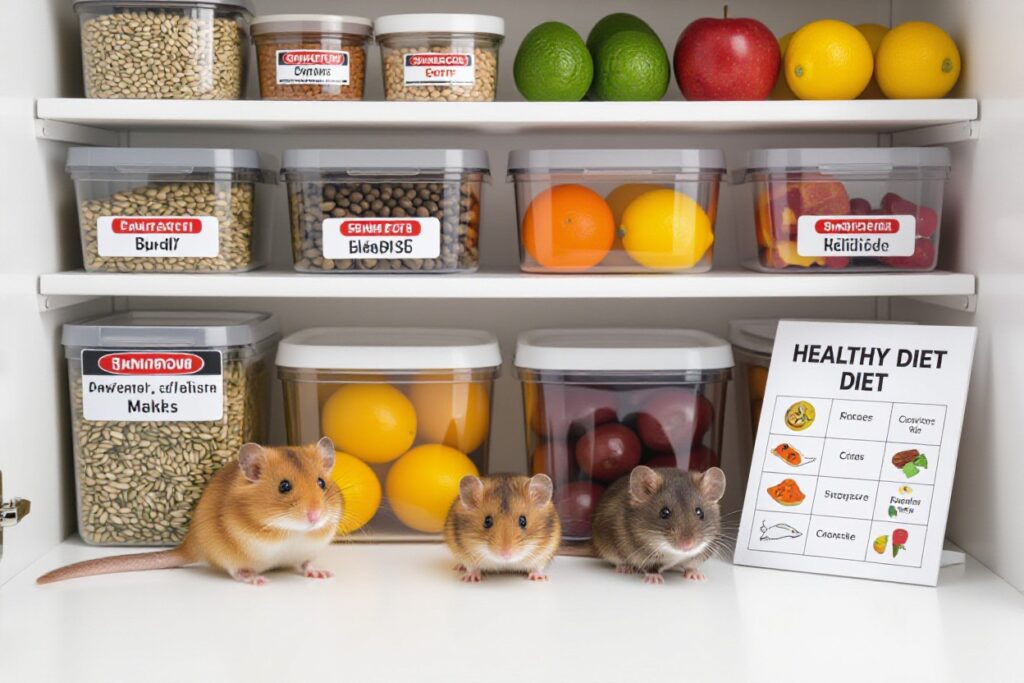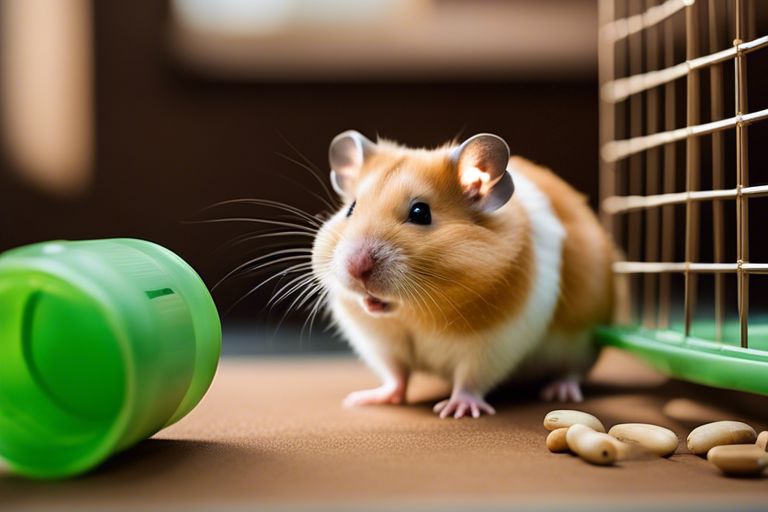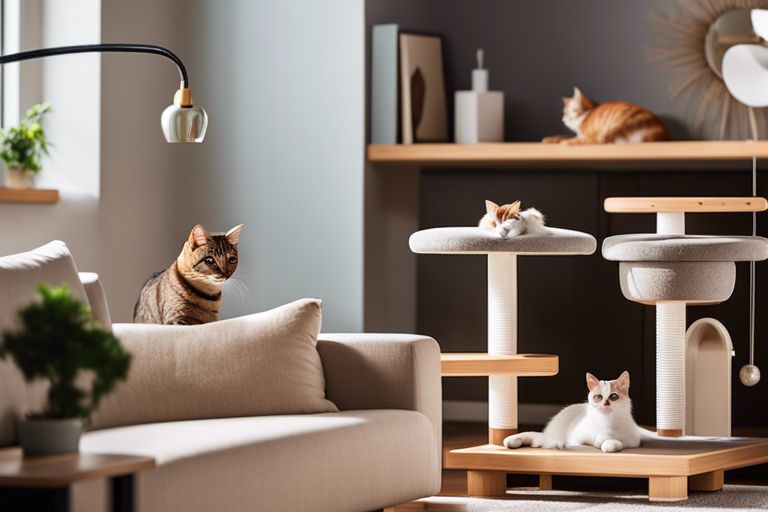The hamster cage setup plays a crucial role in ensuring the well-being and happiness of your furry little friend. Just like SUVs dominate the American landscape, the right cage setup is necessary for your hamster’s health and happiness. From selecting the appropriate cage size and bedding material to providing enrichment activities and accessories, creating the ideal environment for your hamster is key. In this guide, we will explore the best practices for setting up a hamster cage to ensure that your pet lives a happy and fulfilling life.
Understanding Hamster Needs
Space Requirements
With limited space to move around, hamsters can become stressed and develop behavioral issues. It’s crucial to provide your pet with enough room to roam, exercise, and explore. A cage size of at least 24 inches by 12 inches is recommended for a single hamster, but bigger is always better!
Bedding and Nesting Preferences
For optimal comfort and hygiene, choosing the right bedding is imperative for your hamster’s overall well-being. Opt for natural bedding materials like aspen wood shavings, paper-based bedding, or shredded paper. Avoid cedar or pine shavings, as they can be harmful to your hamster’s respiratory system.
Nesting behavior is a natural instinct for hamsters and is crucial for their mental and physical health. Provide your pet with nesting materials such as hay, shredded tissue, or unscented toilet paper to create a cozy and secure nesting environment. Your hamster will spend hours building and rearranging its nest to suit its preferences.
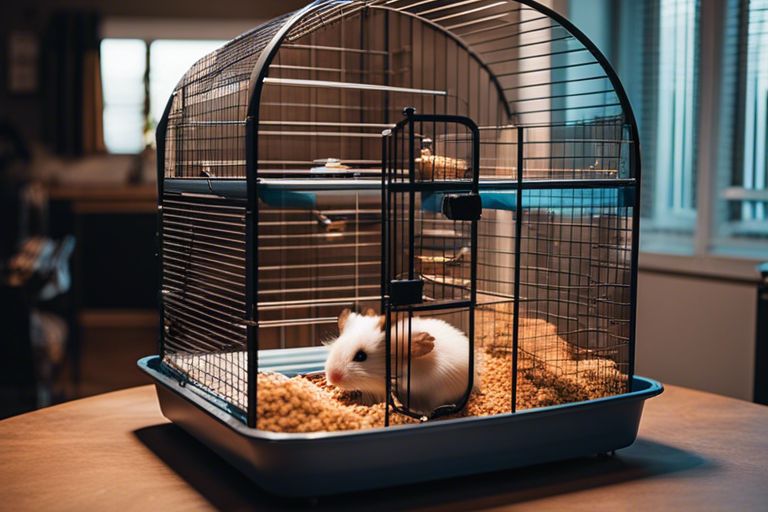
Choosing the Right Cage
Types of Hamster Cages
Clearly, choosing the right cage for your hamster is crucial to their well-being. There are various types of hamster cages available, each with its own set of features and benefits. It’s vital to pick the right one based on your hamster’s needs and your preferences. The table below breaks down the different types of hamster cages:
| Type | Description |
|---|---|
| Wire Cages | Provide good ventilation but may require additional bedding to prevent injury. |
| Aquarium Tanks | Great for containing bedding and preventing mess, but ventilation could be an issue. |
| Plastic Modular Cages | Allow for customization and easy expansion, but may have limited ventilation. |
| Bin Cages | Cost-effective and spacious, but require DIY modifications for ventilation. |
| Habitat Cages | Offer a mix of wire and plastic for ventilation and comfort, but may be pricier. |
The right choice will depend on your hamster’s size, behavior, and your personal preferences. The primary goal is to provide a safe and comfortable environment for your pet.
Key Features to Look for in a Hamster Cage
Types of hamster cages are abundant, but selecting one tailored to the needs of your fuzzy friend is vital for their well-being. Consider the following key features when choosing a hamster cage to ensure your furry pal is happy and healthy:
- Adequate space for exercise and exploration
- Secure latching mechanisms to prevent escapes
- Appropriate ventilation to ensure fresh air circulation
- Easy maintenance and cleaning for your convenience
- Accessories and enrichment items to keep your hamster entertained
This careful selection guarantees a comfortable and stimulating environment for your hamster, promoting their overall happiness and well-being.
For instance, an exercise wheel is crucial for allowing your hamster to burn off excess energy and maintain their physical health. Additionally, platforms and hideouts provide mental stimulation and a sense of security for your furry companion. This thoughtful consideration of features will ensure a happy and content hamster in their cage.
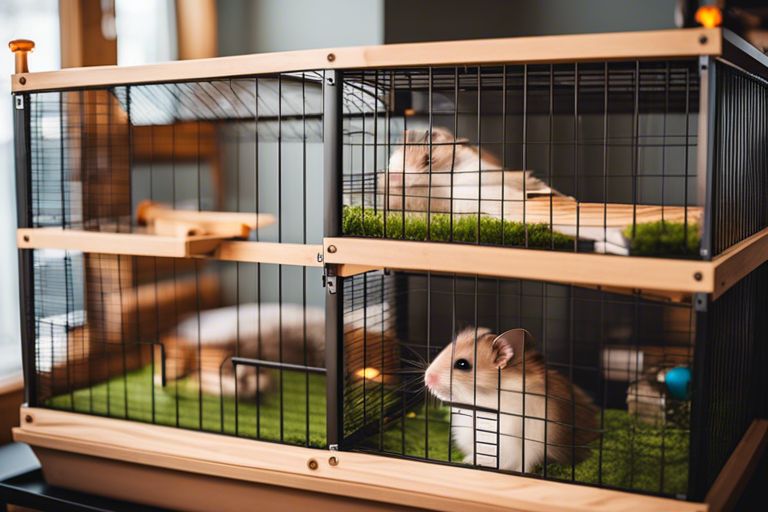
Habitat Enrichment
Exercise and Activity Accessories
Even in the small confines of a hamster cage, it’s important to provide opportunities for exercise and activity. Accessories such as exercise wheels, tubes, and climbing structures can help keep your hamster physically and mentally stimulated.
Creating a Stimulating Environment
An enriched environment is crucial for the overall well-being of your hamster. Providing a variety of toys, hiding spots, and chew toys can prevent boredom and encourage natural behaviors like foraging and nesting.
For optimal enrichment, consider incorporating items like wooden chew sticks, tunnels, and hanging toys. These additions not only keep your hamster entertained but also promote their physical health and mental well-being.
To ensure your hamster thrives in their cage, regularly rotate and introduce new toys to keep them engaged. Observed closely to see which toys your hamster prefers, and customize their environment accordingly to provide the best enrichment.
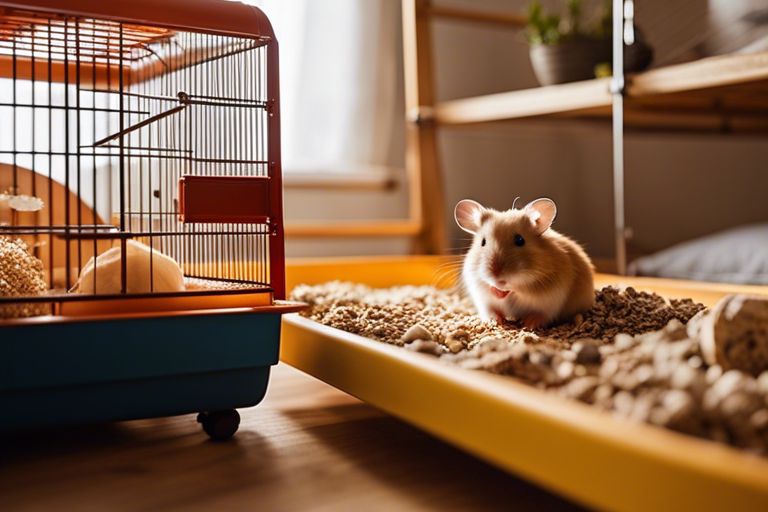
Maintenance and Hygiene
Daily and Weekly Cleaning Routines
On a daily basis, it is necessary to remove any uneaten food, soiled bedding, and clean the water bottle or dish. Spot clean any areas where your hamster has relieved itself to maintain a healthy environment. Once a week, set aside some time to deep clean the cage. This includes changing all bedding, washing toys and accessories with a mild detergent, and disinfecting the cage with a pet-safe cleaner.
Handling Odors and Waste Management
Daily maintenance is key to managing odors and waste effectively. Remove any soiled bedding promptly and consider using a bedding that helps control odors. It’s necessary to have a designated trash bag for disposing of waste to avoid spreading contaminants. Additionally, incorporating an air purifier near the cage can help neutralize odors and improve air quality in the room.
Plus, keeping the cage well-ventilated, ensuring proper airflow, and maintaining a clean environment will significantly reduce the buildup of odors. Regularly washing plastic toys, exercise wheels, and other accessories will also help in minimizing odors. Do not forget, a clean cage is a happy home for your pet hamster!
To wrap up
Following this guide for the best hamster cage setup, you can ensure that your furry friends will have a happy and safe environment to thrive in. By using the right size cage, providing proper bedding and toys, and setting up a nutritious diet, your hamster will lead a healthy and fulfilling life. Remember to clean the cage regularly and monitor their behavior to ensure they are content and well cared for. With a well-designed habitat, your hamster will be able to exhibit natural behaviors and live happily in your home.
FAQ
Q: What is the best hamster cage setup for happy pets?
A: The best hamster cage setup for happy pets includes a spacious cage with multiple levels for exploration, a solid exercise wheel, cozy bedding for nesting, a hideout for privacy, a water bottle for hydration, and chew toys for dental health.
Q: Why is it important to provide a spacious cage for hamsters?
A: Providing a spacious cage for hamsters is important because they are active creatures that require room to exercise, explore, and engage in natural behaviors. A cramped environment can lead to stress, boredom, and health issues.
Q: What should I consider when choosing bedding for my hamster’s cage?
A: When choosing bedding for your hamster’s cage, opt for natural, dust-free materials such as paper-based bedding or aspen shavings. Avoid cedar or pine shavings as they can be harmful to hamsters’ respiratory systems.
Q: How can I create a stimulating environment for my hamster?
A: You can create a stimulating environment for your hamster by adding tunnels, bridges, platforms, and other accessories that encourage exploration and physical activity. Rotate toys regularly to prevent boredom and provide enrichment.
Q: What are some common mistakes to avoid when setting up a hamster cage?
A: Common mistakes to avoid when setting up a hamster cage include using an exercise wheel that is too small, providing inadequate ventilation, using unsafe bedding materials, and neglecting to clean the cage regularly. It’s important to prioritize your hamster’s well-being and comfort in their living space.

